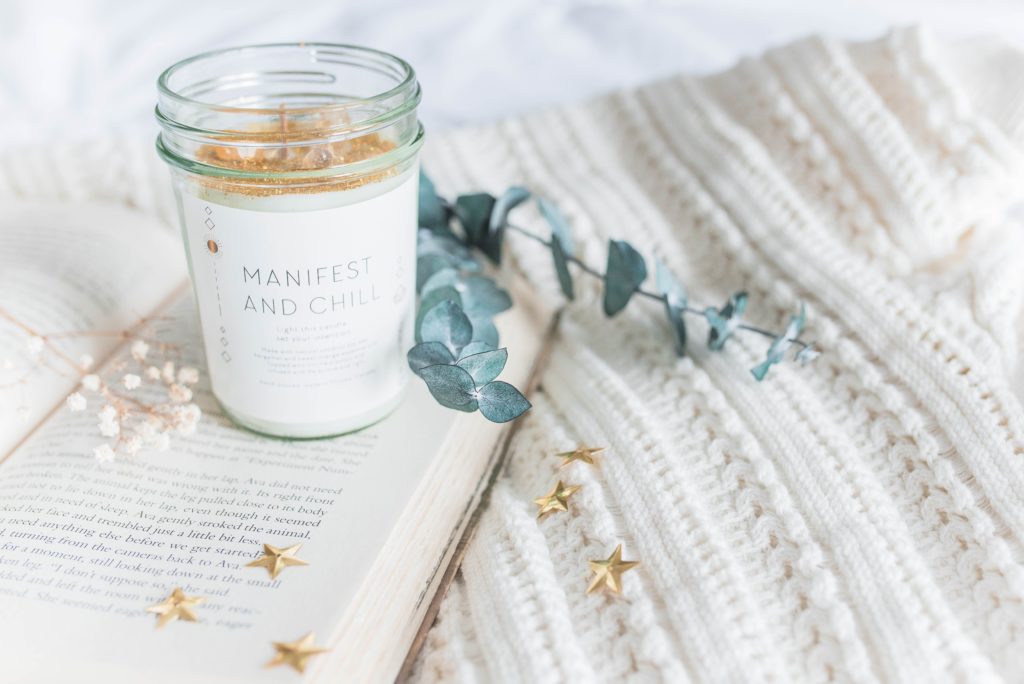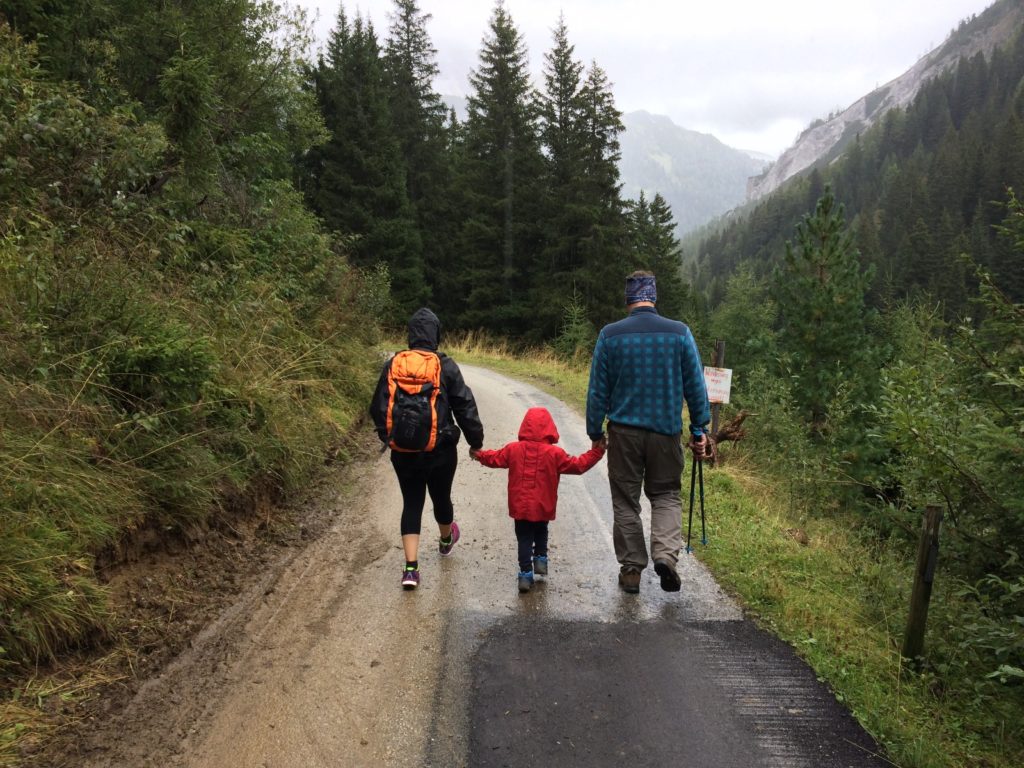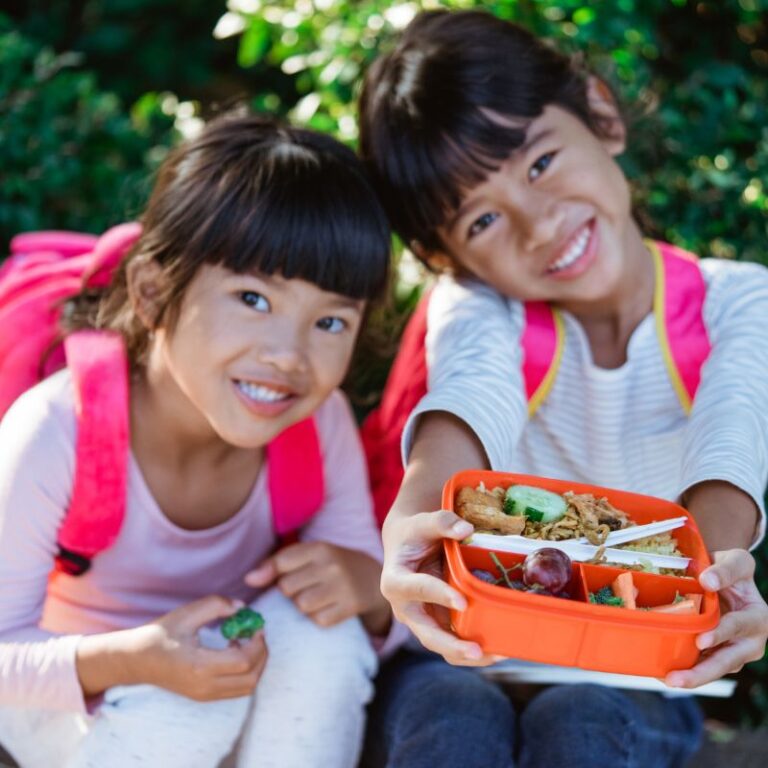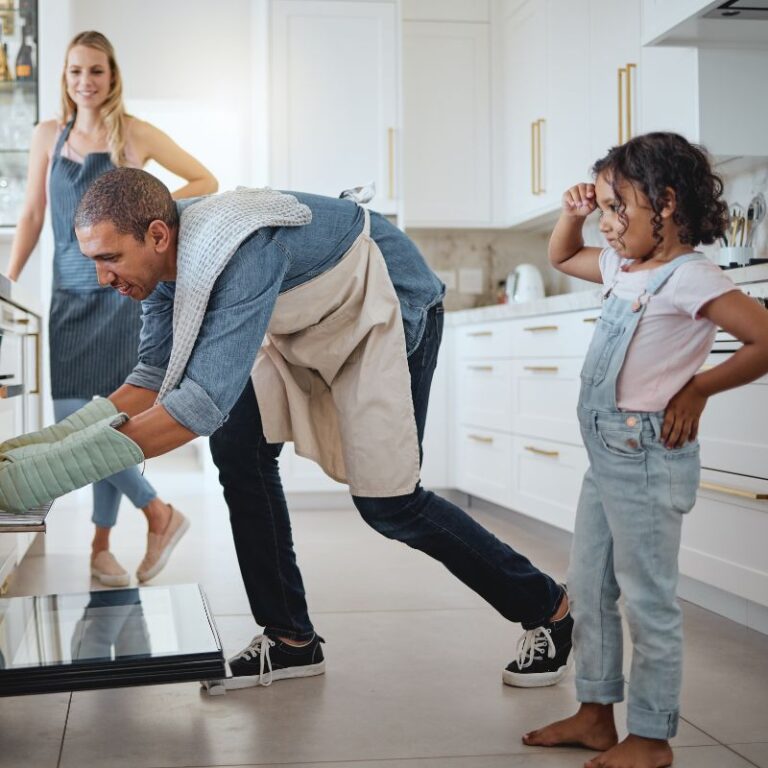My dear friends, it’s going to be a long few weeks (or months?) at home. I think I took my last journey to the outside world yesterday. I had to get my belongings from work and pick up groceries. From now on it’s me, my house, the country roads for running and lots of time with the kids and my hubby.
We’re all in the trenches together.
If I’m being completely honest, I’m experiencing a whole range of emotions. I’m:
- Nervous (especially for my siblings and their spouses – 3 doctors and 1 nurse)
- Irritated (although it’s not justified, I’m just being brutally honest)
- Worried (how will my business and others withstand the strain of this?)
- Hopeful (for new positive changes to come from this in the world)
- Motivated (to get our online learning academy up and running with our first course!)
- Sad, strangely relaxed, and confused ….
I could spend an entire blog post talking about each of these.
How are you feeling?
One thing is for sure, if my family and I are going to feel well during this time, (from a mental health perspective) I need to form some sort structure/routine in my life and set some new goals, habits, or things to look forward to doing together as a family.
Here are 5 ways that I hope to maintain wellness in our home during social isolation.
1. Start the day as a family – with light, prayer and gratitude.

As a family of faith, I have always longed to start our mornings with a reflection and time of prayer before we head off in our various directions. Although it happens from time to time, it has never been consistent.
Now that we have ample time together and no one is going anywhere, I’m starting off our day with light – with the physical light of a candle and a time of prayer for healthcare workers, decision-makers, those who are lonely, the elderly, children who find themselves in unsafe home environments, those who have lost their paycheque and cannot afford food.
I’m also thinking of starting a gratitude jar. It’ll be an activity to keep the kids occupied for a while – decorating one of our mason jars and cutting up all the papers we can use to write down what we are grateful for.
2. Create a flexible schedule.
Personally, I thrive off predictability and normalcy, which means that a schedule is grounding and helpful for me. I believe that children benefit from a schedule as well. Plus, there’s a lot less whining for TV or snack if they have a schedule and know what’s coming next.
Don’t forget that setting regular and predictable meal and snack times are part of your job in the division of responsibility in feeding and they help to build hunger between eating opportunities, which makes children more likely to eat well at the next meal.
But, a militant, super detail-oriented schedule is likely not going to be followed. Here are the two schedules that will occur in my house:
A) The “do whatever it takes schedule” when unsupervised.
My spouse and I may both need to be on conference calls at the same time. Therefore, the children will need to stay occupied by themselves! This will likely involve the kids being upstairs or downstairs (away from the main floor office) and either:
- a) being happy little kids and playing nicely together with Lego OR
- b) having screen time OR
- c) playing unsupervised in the back yard.
B) The flexible schedule that allows for creativity
This will hopefully be our typical schedule but with much required flexibility for doing what feels right in the moment too.
- 7:00-9:00 a.m. Morning routine: breakfast, make bed, get dressed, family time
- 9:00-10:00 a.m. Movement time: outside or Go-Noodle inside
- 10:00-10:30 a.m. Make and eat snack together
- 10:30-12:00 a.m. Learning time (no screens)
- 12:00-12:30 p.m. Make and eat lunch
- 12:30-1:30 p.m. Chores + quiet time: 1 chore then quiet activities (puzzle, lego, reading)
- 1:30-2:00 p.m. Screen time – TV show
- 2:00-3:00 p.m. Learning time (might involve a free learning program)
- 3:00-3:30 p.m. Make and eat snack
- 3:30-4:00 p.m. Music-making time: piano and theory or Music Together songs
- 4:00-5:30 p.m. Outside / free play time + mom’s exercise time
- 5:30-6:00 p.m. Suppertime – including prep and clean up
- 6:00-7:30 p.m. Family game or Free time
Then relax and enjoy some down time kid-free!
3. Enjoy active indoor & outdoor movement time.

Personally, I enjoy going to the gym. It is a good place for me and a form of joyful movement for my body. But gyms are closed. So, this means more runs outside and some workout videos at home if I can’t get out due to weather or needing to watch the kids. I’ve got a free subscription to these classes from my gym as a member, but there are many other free options online.
Despite the change in routine, I am looking forward to my kids seeing me workout at home which I haven’t done in the house before as I’m usually at the gym or running outside. I think it’s important to model fitness activities to our kids and to explain why we move our bodies. Soon enough diet culture will try to convince them that people only exercise for the sole purpose or intent of losing weight. I hope I can show them that exercise is about doing what your body was designed to do; it makes your heart, soul and brain happy.
Need some help navigating conversations around diet culture with your children? Reach out and let me help you do this with confidence.
For the children, I’m hoping to take full advantage of the many hiking trails that exist in our region. If the weather isn’t co-operating or if we eventually are told not to leave our house, then dance parties are always a great way to move and shake together.
4. Include positive food play in “learning” time.

Some of you might be asking “food play” – what’s that?
Food play is a pressure-free learning opportunity with food away from the dinner table and it can (and should) be driven by their interest and curiosity.
Kids are constantly busy trying to make sense of their world. Play is a great platform for letting them work out their ideas and theories about various things, including food! Allowing food to be part of their play will help them to develop a mindset of curiosity and interest towards food and increase their familiarity and comfort with new foods.
Have a child who loves peanut butter? Why not:
- Paint with shelled peanuts?
- Colour a picture of a peanut?
- Make your own peanut butter?
- Watch a video on how peanuts are grown and harvested?
Need some more ideas on how to incorporate food play and positive no-pressure food experiences into your days at home? Download my freebie here with links to lots of ideas!
5. Find ways to be in community with and serve others

It’s hard during such an unprecedented time like this, when anxiety levels are running high, to fully grasp what’s going on in your own head and life, let alone how others are feeling. However, thinking of others always helps me to reframe and refocus my mind in a positive direction and take the edge off my own anxiety.
Due to social distancing, it is a bit trickier to physically help others. But don’t worry! There is lots you can for others from a distance. Here are 10 ideas to get you started:
- Write letters or cards to your family, friends and those who may feel alone, such as residents at a nursing home. Your kids can work on their printing skills and can send letters and packages to friends as well.
- Stay in touch with others over the phone, a video calling app or social media. Your kids may want to do this with their friends as well.
- Send an e-transfer or e-gift card to someone who may be feeling the strain of a lost paycheque or reduced working hours.
- Grab a garbage bag and go on a litter collection walk with your family through your neighbourhood.
- Leave notes of encouragement or cards on people’s windshields when you venture out for groceries.
- Send a bouquet of flowers to someone or make homemade flowers and leave them on your neighbour’s porch.
- Set up your bird-feeder (and help keep the birds chirping their songs of spring!)
- Give the drive-through employee at your favourite coffee shop a tip if you go for a caffeine-run.
- Be generous with your compliments – especially to those who you are living with right now, your children and spouse/partner.
- Make room for laughter with others.
What kind of family wellness habits will you be practicing over the next few weeks? I’d love to hear. Drop a comment below!








